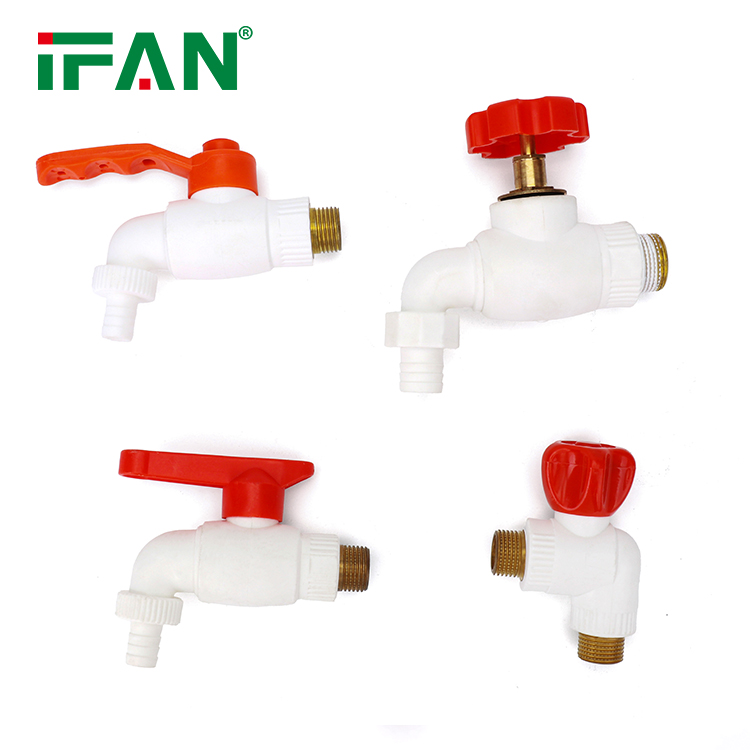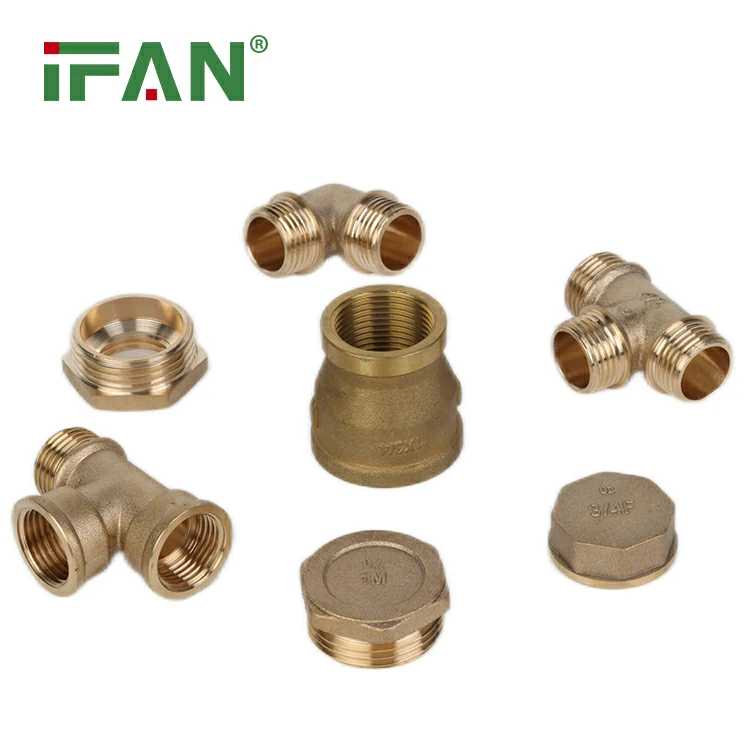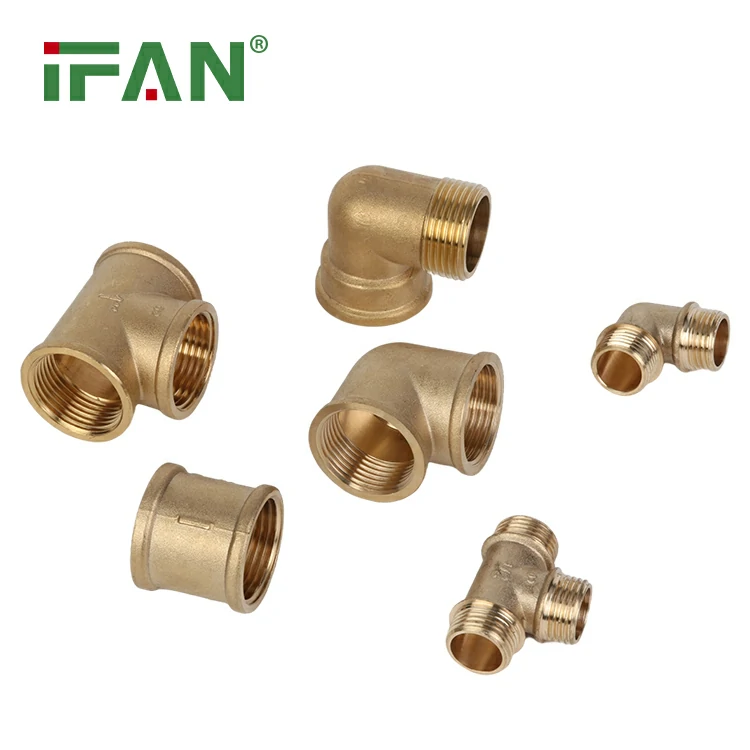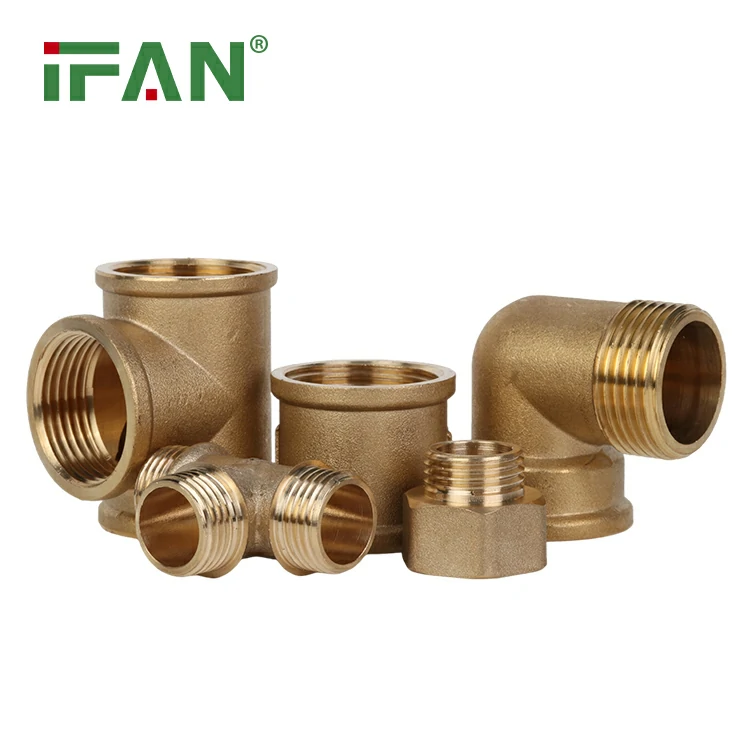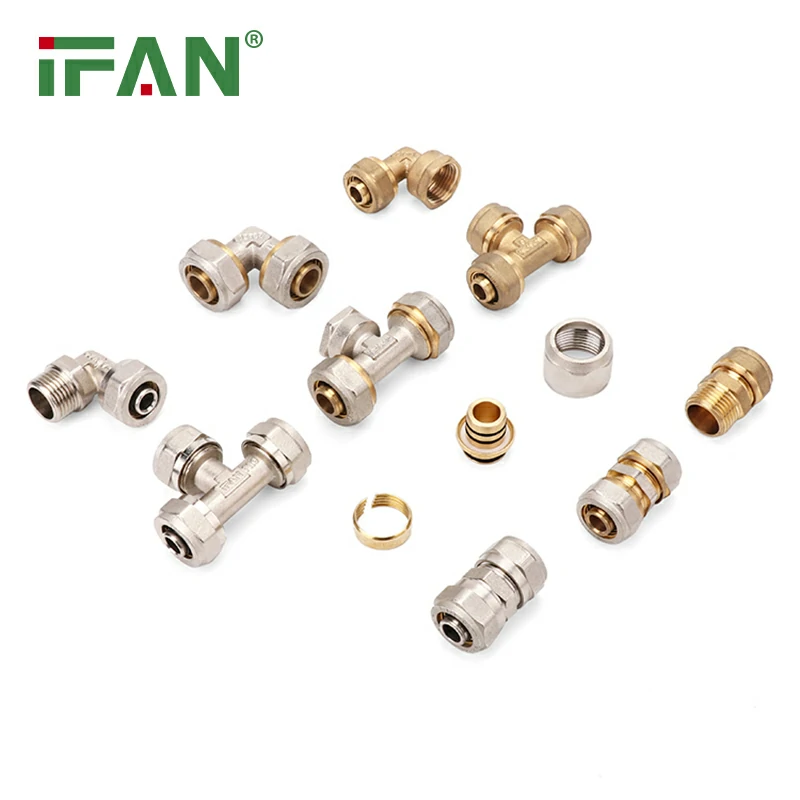Improve Water Quality and Save Money with Plastic Bibcocks!
Introduction:
When it comes to maintaining the quality of household water systems and saving costs in the long run, plastic bibcocks come in handy. Not only are they economical and sustainable, but they are also designed to improve the quality of your water.
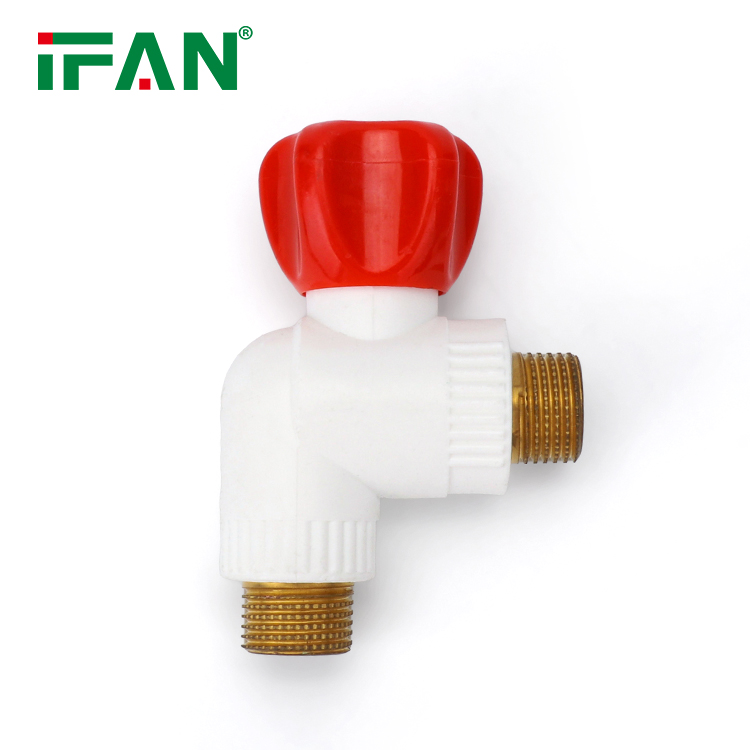
Why Use Plastic Bibcocks?
Plastic bibcocks are practical solutions that improve water quality while keeping your expenses low. The following are the main reasons why you should use them:
- Cost-Effective:
When compared to metal taps, plastic bibcocks are much cheaper, providing a budget-friendly alternative without sacrificing quality.
- Durability:
These bibcocks come with high-performance plastic material, making them strong and durable. They have the ability to withstand extreme temperatures and are resistant to rust, making them a perfect choice for long-term use.
- Improved Water Quality:
Plastic bibcocks help to improve water quality by ensuring that the water coming out of the tap is not contaminated. They are designed with airtight seals that prevent dirt or other particles from getting into the system.
- Easy to Install:
Plastic bibcocks are straightforward to install, making it a DIY project that saves you time and money. Typically, there is no need to hire a plumber because all you need is a pair of pliers and basic knowledge of plumbing to get the job done.
- Environmentally Friendly:
Using plastic bibcocks also means you are contributing to a sustainable environment. They reduce greenhouse gas emissions during production and disposal as opposed to metal alternatives.
Conclusion:
In summary, plastic bibcocks are an excellent investment for households looking to improve their water quality while keeping costs low. They offer durability, improved water quality, easy installation, and are environmentally friendly. Make the switch today and experience the benefits of plastic bibcocks for yourself!
